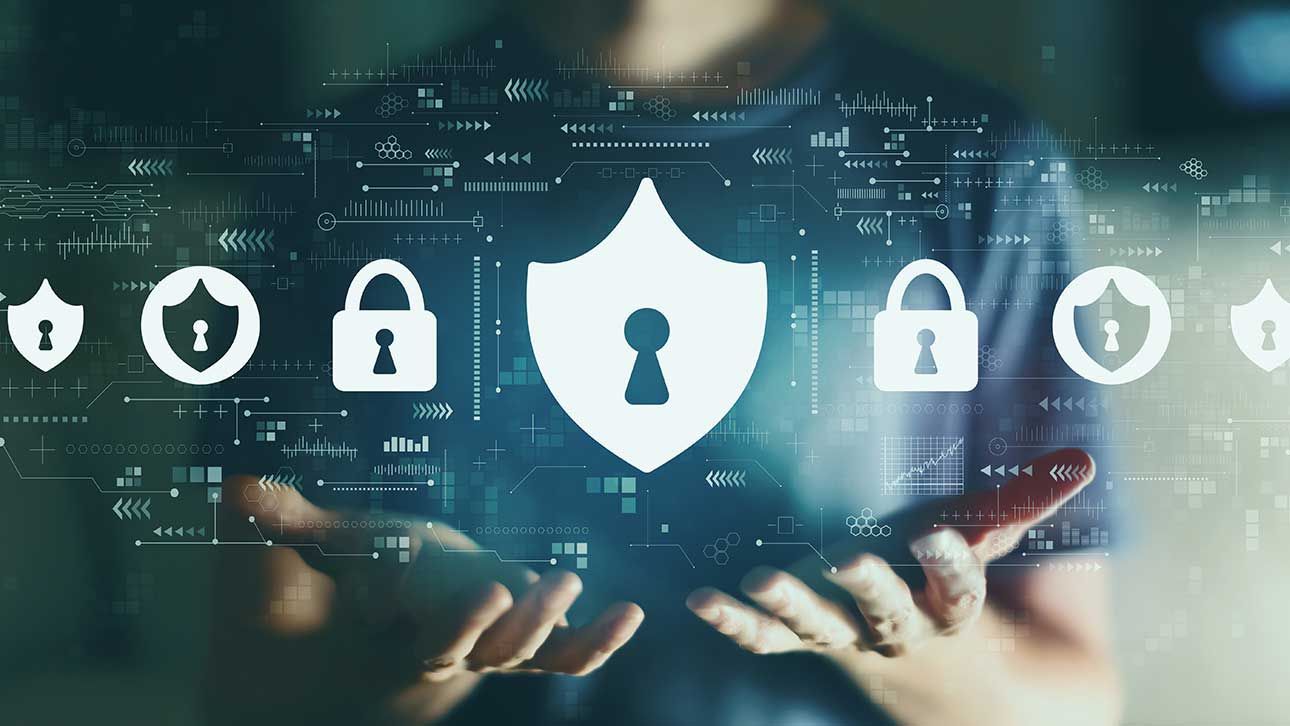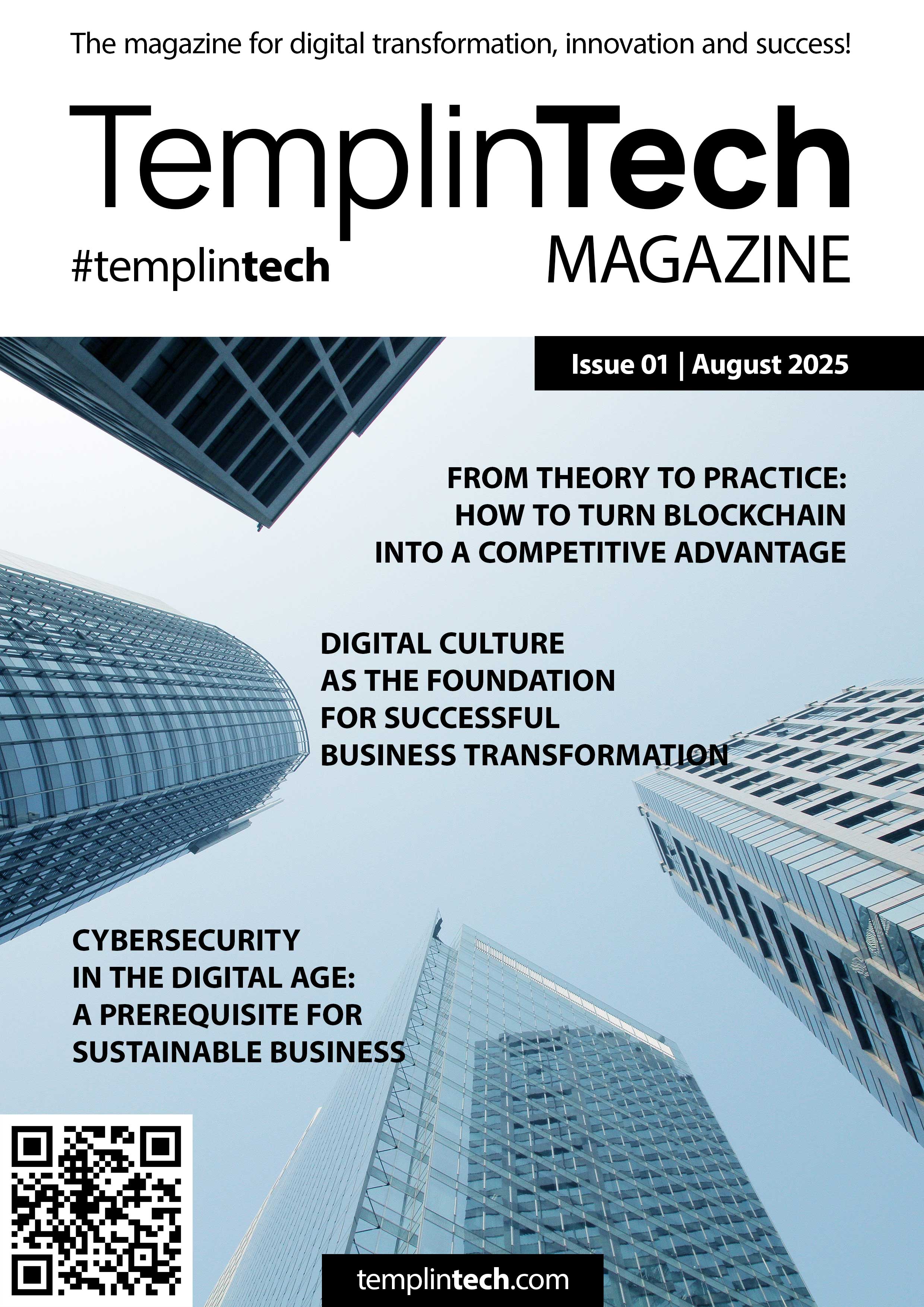In a world where digitalization is inevitable, cybersecurity is no longer just an IT task — it is a critical factor for business sustainability, trust, and competitiveness. From AI-generated scam calls and phishing emails to automated attacks, today’s threats require a strategic approach, technological investments, and a corporate culture built on awareness and protection.
As organizations accelerate the adoption of automation, artificial intelligence, and cloud services, they face a new reality — an increasingly hostile and dynamic cyber threat landscape. Attacks are becoming more sophisticated, faster, and harder to detect. In this environment, business leaders must treat cybersecurity as a strategic priority, not just a technical challenge.
Fake Calls: The Silent Evolution of Social Engineering
One of the fastest-growing risks for companies is AI-generated scam calls. These calls often simulate real human voices, corporate vocabulary, and even natural dialogue, aiming to extract sensitive information or provoke unauthorized actions, such as confirming payments or sharing internal credentials.
Protection Strategies:
- Pause before answering: AI often relies on the user responding first — remaining silent for a few seconds can expose the artificial nature of the call.
- Redirect to written communication: Always request follow-up via an official email address or secure internal channel.
- Enforce verification protocols: Establish clear internal policies for handling calls involving transactions or sensitive data.
AI-Powered Email Attacks: Sophisticated, Personalized, Dangerous
Modern phishing emails are no longer riddled with typos and obvious red flags. AI can generate highly convincing, personalized, and grammatically perfect emails that mimic internal communication, using real names, logos, and contextual cues found online.
Recommended Measures:
- Email authentication: Implement SPF, DKIM, and DMARC to reduce domain spoofing risks.
- Simulation-based training: Regularly conduct phishing simulations and interactive staff training sessions.
- Behavioral analysis systems: Invest in advanced anti-phishing filters and behavior-based detection tools.
- Minimize exposed data: Audit corporate websites and public employee profiles to remove unnecessary sensitive information.
Cyber Talent Shortage: A Silent Security Crisis
One of the greatest threats to corporate cybersecurity is the global shortage of skilled professionals. Studies estimate over 3.5 million unfilled cybersecurity roles worldwide by 2025. Small and medium-sized enterprises (SMEs) are particularly vulnerable due to limited internal resources.
Solutions to Bridge the Talent Gap:
- Partner with universities: Offer internships and collaborate on training programs for future professionals.
- Leverage external providers: Use Managed Security Service Providers (MSSPs) to supplement internal capabilities.
- Upskill internal staff: Invest in reskilling programs and certified courses for existing employees.
Cybersecurity Regulations: What Every Business Must Know
The regulatory landscape is evolving rapidly, especially in the European Union. Non-compliance can lead to significant financial and reputational damage. Staying up to date with cybersecurity directives is a must for every organization.
Key Regulations to Monitor in 2025:
- GDPR: Requires notification of data breaches and transparent data protection practices.
- NIS2: Expands cybersecurity obligations to cover critical sectors and midsize enterprises.
- DORA: Introduces mandatory digital resilience measures for financial institutions and service providers.
Investing in Cyber Culture and Long-Term Resilience
Technology alone is not enough to ensure long-term protection. A culture of cybersecurity — awareness across all roles and levels — is crucial. It involves clear procedures, regular training, and ongoing communication.
Practical Actions to Take:
- Risk assessment: Conduct regular vulnerability audits and real-world scenario testing.
- Incident response planning: Prepare detailed protocols for dealing with phishing, data breaches, and denial-of-service attacks.
- Implement Zero Trust architecture: Combine multi-factor authentication with least-privilege access control to reduce exposure.
Conclusion
Cybersecurity is no longer an optional add-on to digital transformation — it is its foundation. In the age of AI, automation, and hybrid work, resilient businesses are those that can anticipate, prevent, and respond to digital threats. Organizations that invest in protection and skills today will be the industry leaders of tomorrow.

Yordan Balabanov
Expert in digital transformation, strategic approaches, and technology integration.
Words from the author:
“Digital transformation is not limited to technology implementation. It is a synergy of digital culture, strategic thinking, and expert competence – a long-term process that requires vision, knowledge, and resilience.”
LinkedIn | yordanbalabanov.com
Are you ready for strategic change through digitalization? Contact me for professional support.
Was this insight valuable to your business?
Download our free app TemplinTech Magazine on Google Play – no ads, no distractions, just focused business insights.
📲 Install from Google Play
![Български [BG] Български [BG]](/media/mod_languages/images/bg_bg.gif)
![English [EN] English [EN]](/media/mod_languages/images/en_gb.gif)












